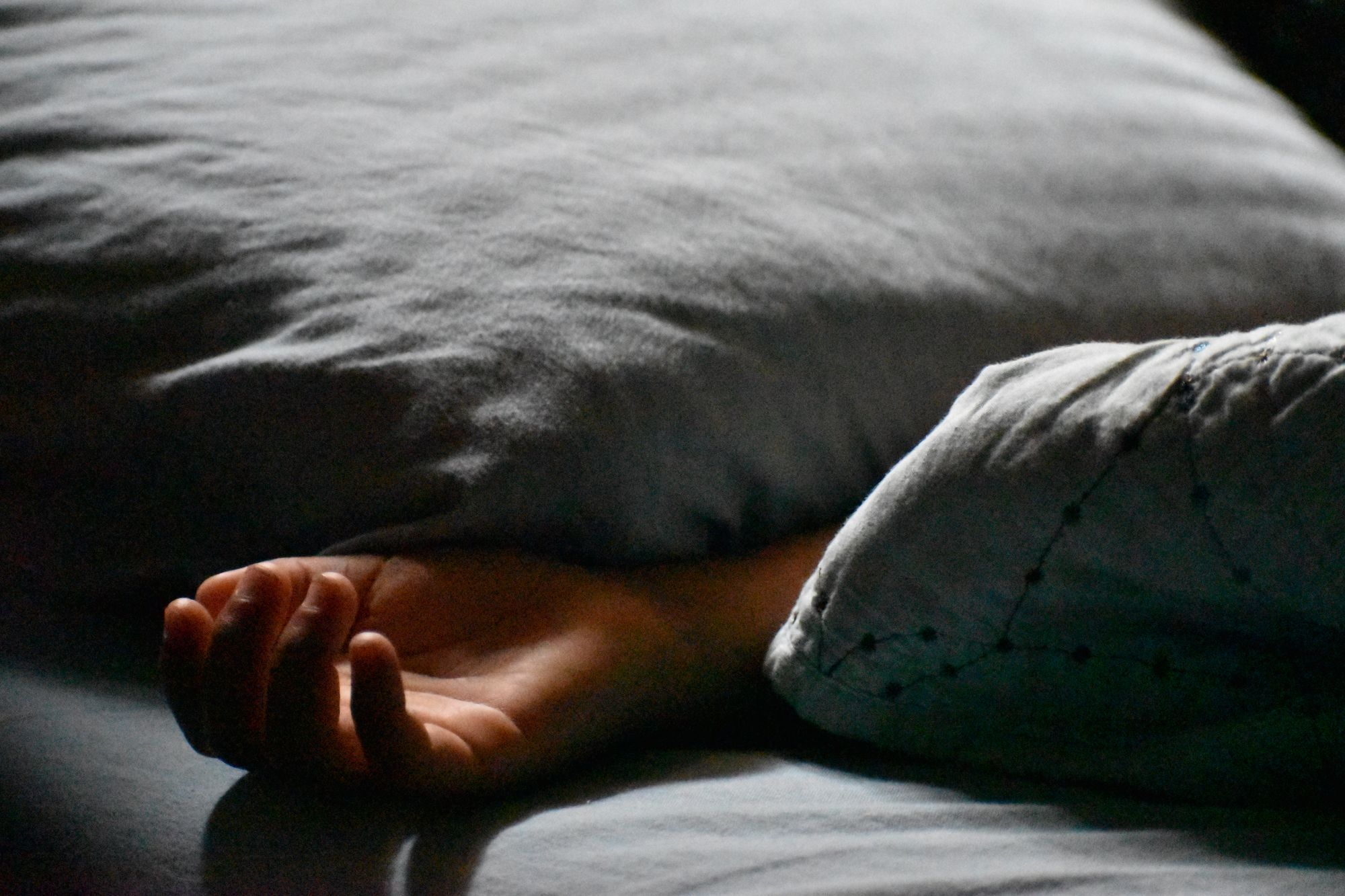How would you describe your work?
I would describe my work as trying to capture little moments of light and explore how the presence or the absence of light makes someone feel.
It’s not so much about seeing things in the dark or in the light. It’s more about catching those moments where your history is created and held or experiencing and capturing a moment and knowing it will be included in your memory forever. Like the way you feel when you see the light hit an old tractor wheel, or the way you felt as a child when you saw a sliver of light in the hallway. I want my photography to illustrate the way light can trigger a feeling or capture a memory.
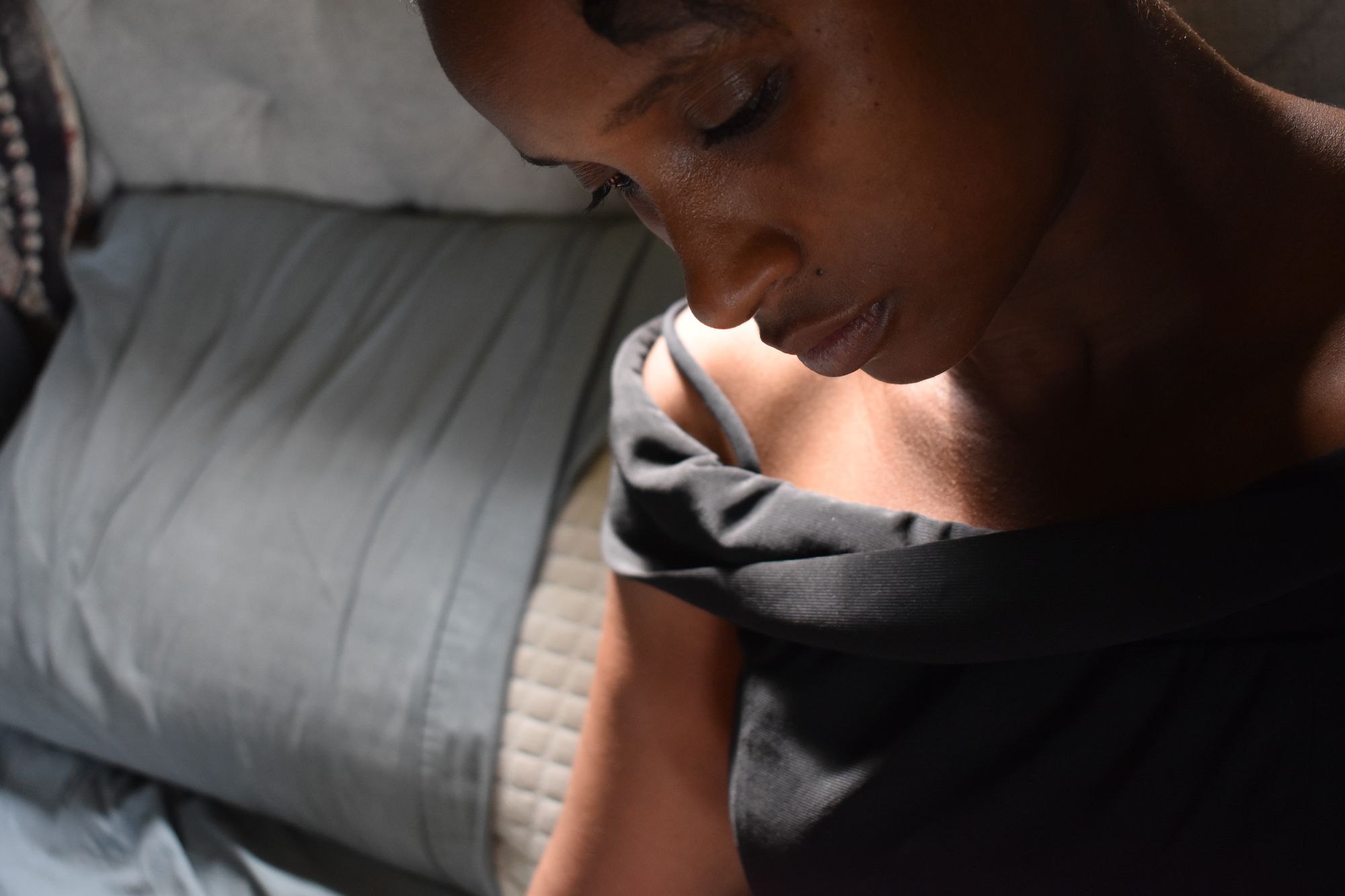
Can you tell us about your current project?
I am currently working on a collage project, using my photography, which documents those everyday moments — the moments that create our family and community, moments that make up who we are as people — it’s about portraying the everyday moments as history, as sacred, and as something to be cherished. The collages are about the creation of history through everyday moments, not as glamour, but just as life. Not the photos we set up, with the kids all lined up, put before the camera for reunions, but the moments that are caught secretly, which reveal and reflect what you hold dear — whatever it brings forth for the viewer when they see it — the memory, or emotions.
Is this project inspired by photographs of your childhood?
I would say it is inspired maybe by a lack of photos of my childhood, and maybe by moments I collected that I wish were photos — moments I see as milestones of my childhood. I remember seeing certain things as a child and knowing those moments would be moments I would remember and hold close forever. So, I guess I want to capture those moments for other people to see and feel through my photography.
I love how you refer to private moments as history. Tell me more about how you are using that word in this project.
I’m using history as a broader term than how we refer to history in textbooks. I’m applying the word history as what is sacred to us, what only we know about our story, or maybe things that will never be known. Those quiet moments within a family, not the history that everyone gets to be privy to.
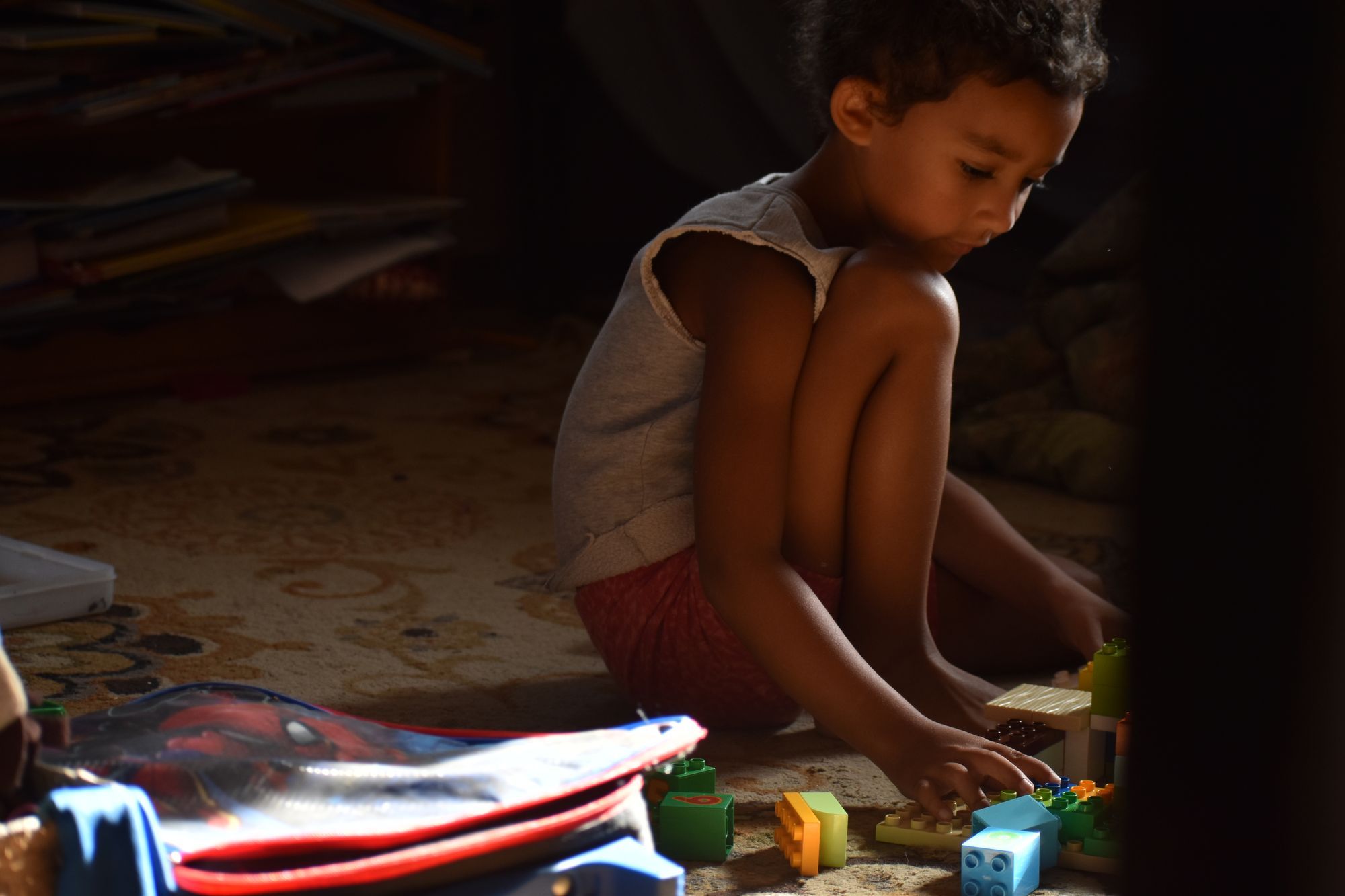
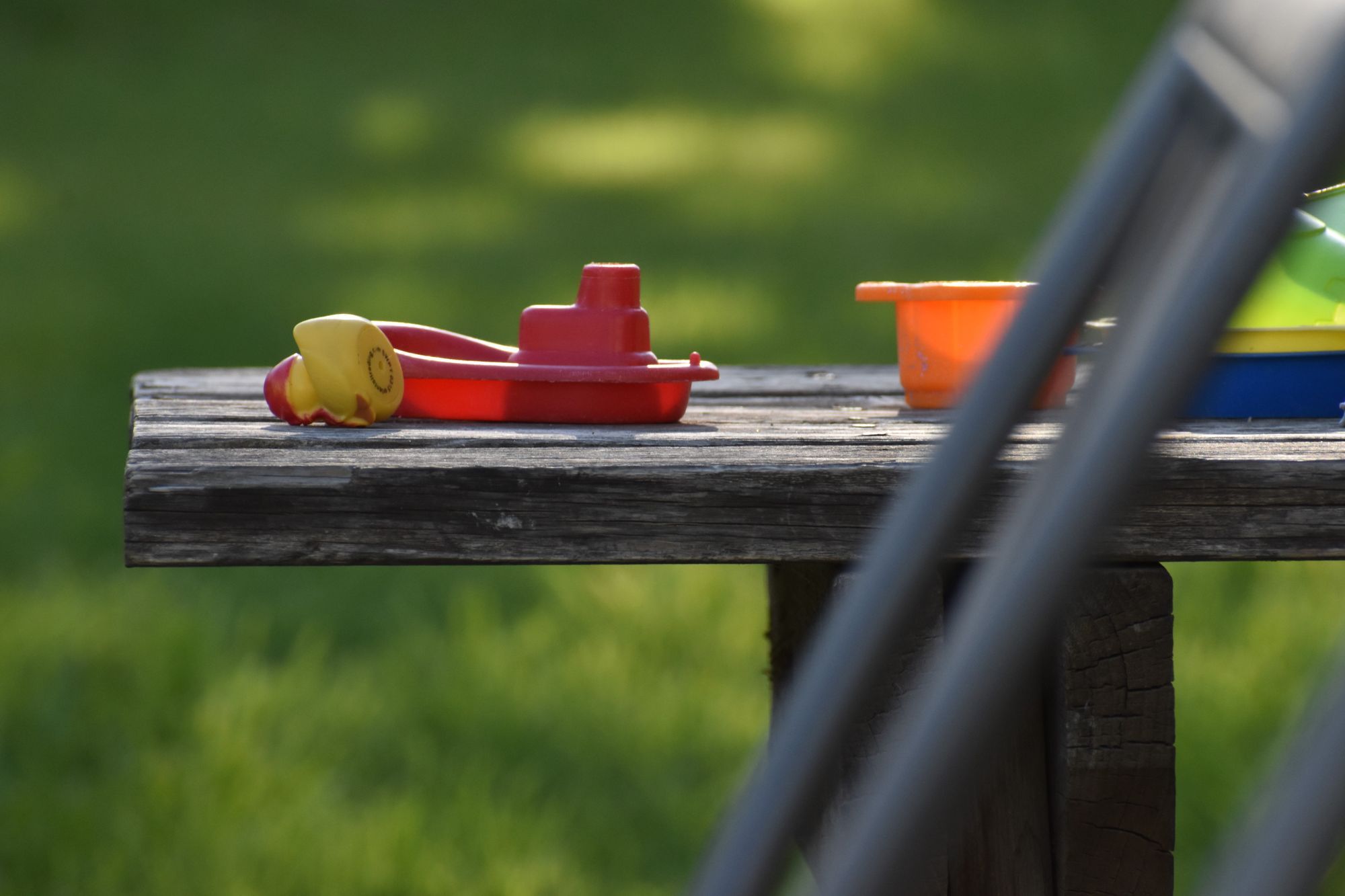
How does it feel to share such intimate moments through your work?
I’ve never really created art on a scale like this before this project. So, putting it out there feels emotionally vulnerable, having something that is mine, a reflection of my emotions, and hoping people can find their own emotions in it, is just new to me, and I will have to see how that feels after experiencing it, because I’m not sure.
What inspires you?
Truthfully, I am just inspired by life, and when I say life, I mean all aspects, whether that be nature or children, art or buildings… everything that life entails. I guess that is why the light is where I am most focused right now, because without that we can’t really have life.
Can you recall a moment or memory when you were particularly moved by a piece of artwork?
I’m always moved by art. I am constantly inspired by art, but I don’t see it as just what you find in museums, but in everything. A hike, my child sleeping… even in moments of depression, I feel like art is there and moving us. I think art is everything that inspires emotions, whether it be that happy go lucky feeling, or pure love, or agony — it’s all art.
Have you always known art would be an important part of your life?
Yes, in some form. I have always loved art, whether it be dance, music… all forms of art. I used to think I was going to be a comedian when I was a kid. So I guess any kind of self-expression that brings any kind of emotion on the range of emotions anyone can feel — I’ve always been interested in that. I just never had a clear direction about where I would be with art, and I’m still trying to find that, and find a way to let go of the self-doubt and allow the process to feel natural and let go of my ideas of what it is supposed to be.

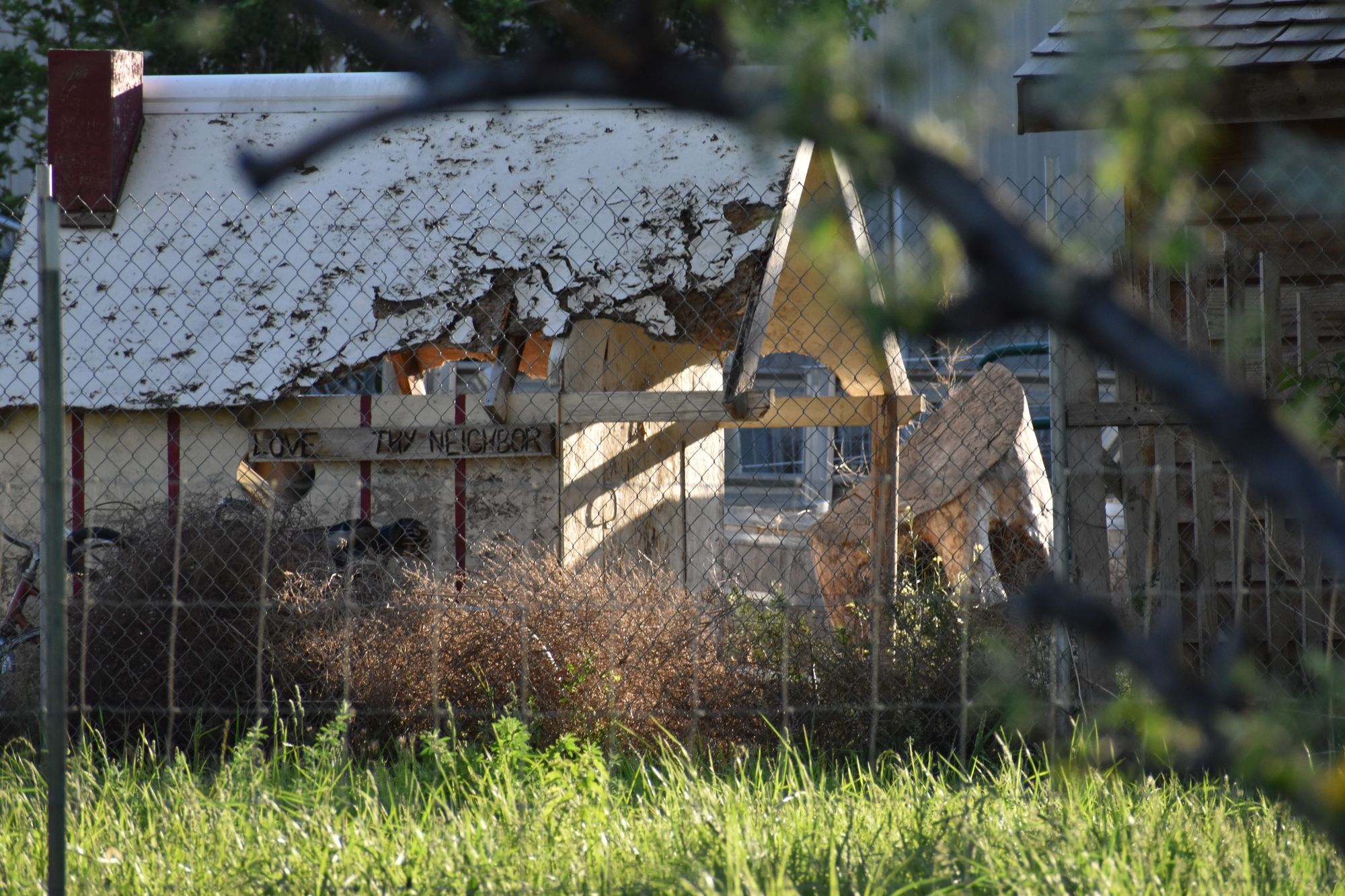
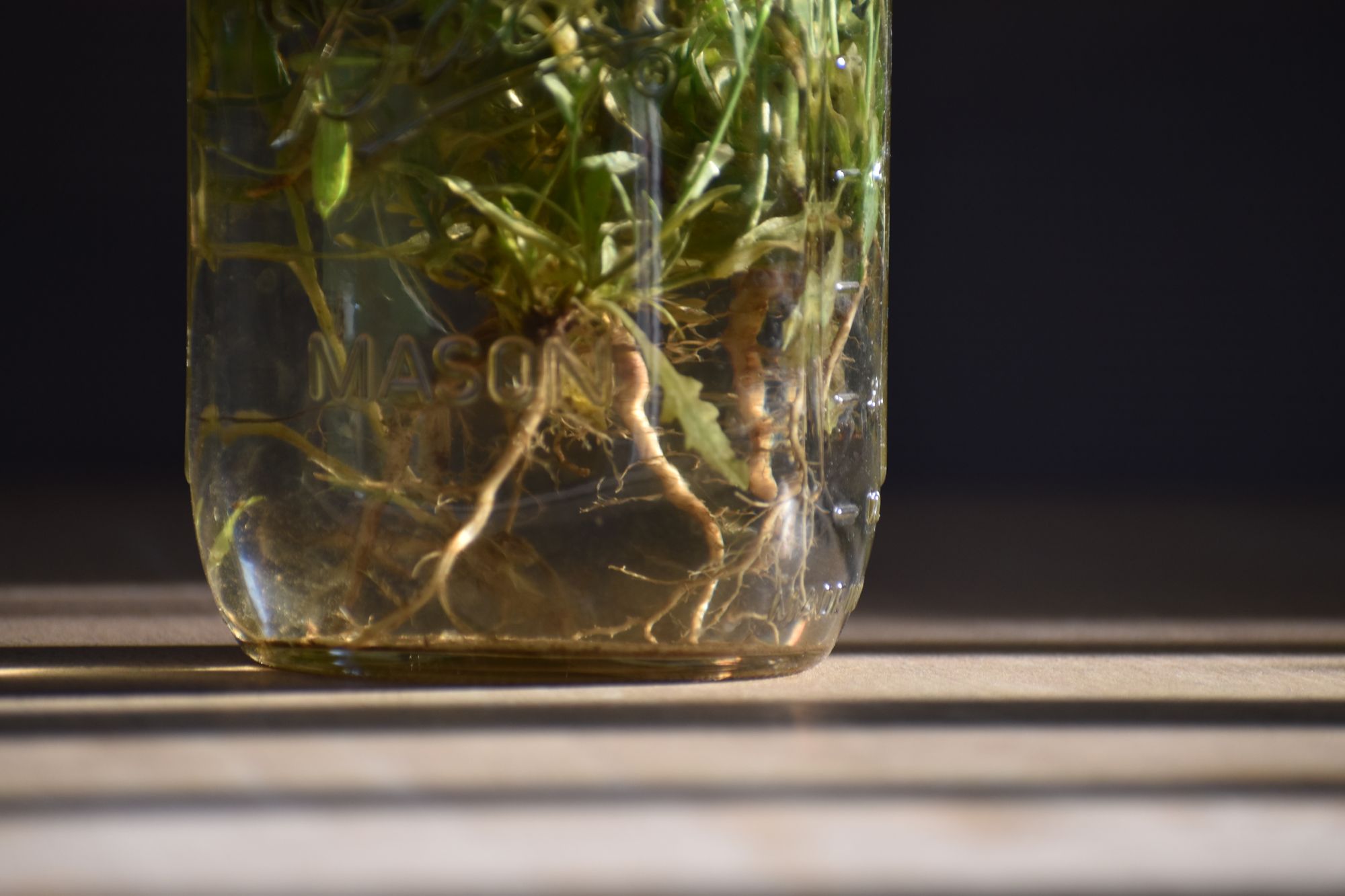
How have personal challenges effected your work?
Lack of schooling in this media, to make me feel like I have a standing in this field, has kept me from feeling like I can call myself an artist or even enter art into a show.
As far as challenges reflected in my work, I don’t know if I want my art to reflect anything about me; I want my art to reflect the experiences and emotions of the person who is looking at it. I want the people looking at my art to have their own experience with how the art makes them feel — what memory and emotion it triggers. I want the question to be how does seeing this image make you feel, not what is happening in this photo, or what was I feeling when I took it. The viewer is an active participant in creating the content; it’s about what the viewer feels and that’s obviously not going to be the same for everyone.
What is the most challenging aspect of creating artwork for you?
It’s not necessarily creating the artwork that feels challenging; it’s figuring out how to share it and feeling comfortable sharing it that is challenging. Stepping outside and capturing the moment I want to catch isn’t what feels the most challenging to me; it’s trying to figure out how I present it as art to the world.
How can the community better support artists?
I actually feel like, as an artist who didn’t even know I wanted to be an artist, this community, and Drewboy Creative, has done so much to pull me out of the woodwork. I think artists just have to be willing to take the leap, to get out there and say, “I should enter something into that show,” or whatever the opportunity might be.
Main image by Angela Harper.
Ashleigh Rogers is a visual artist and mother of four. She is the Creative Director and Artist Feature Editor at DrewBoy Creative. Find her on Facebook: AshleighRogersArt or Instagram: ashleigh.a.rogers

